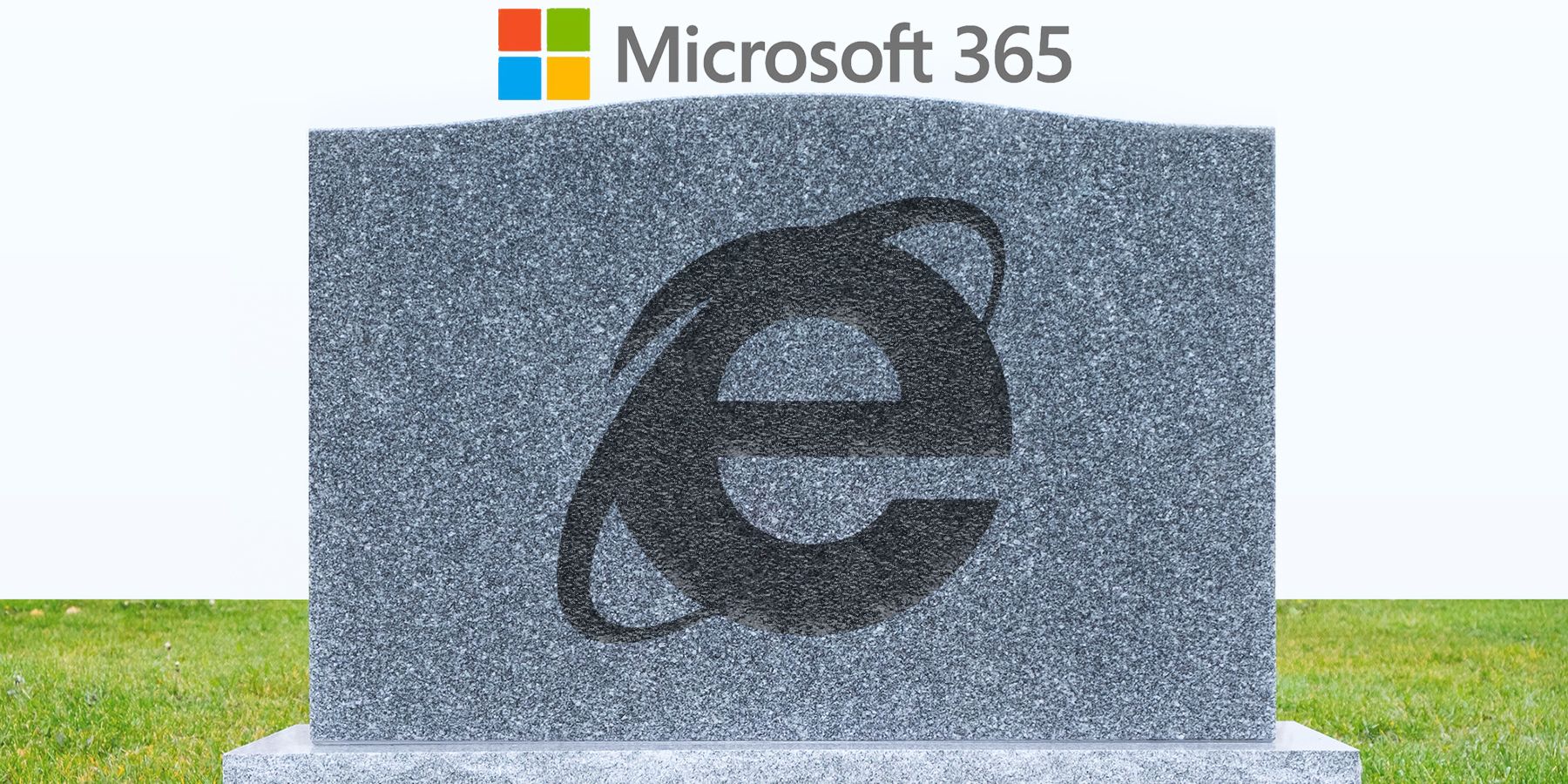Microsoft recently confirmed a bookend date for the once popular web browser, Internet Explorer. It marks the phasing out of one of Microsoft’s longest running software programs to pave the way for its new browsing predecessor, Microsoft Edge. Soon, all Microsoft 365 apps and services will no longer support Internet Explorer 11.
Originally launched as a bundle with Windows ’95, Internet Explorer rose to prevalence as the go-to web browser at the end of the nineties. By 2003, the web browser had over 90-percent usage globally, before other more multi-functional browsers like FireFox and Google Chrome came to be. After years of trailing in the web browser space (and becoming the butt of many memes), Microsoft announced that its new browser, Microsoft Edge would become the new default browser on Windows 10 software moving forward. Internet Explorer 11 (IE 11), released in 2013, was the last version of the browser to be released, and although Microsoft has since maintained the platform, it has not been updated.
According the Microsoft’s community blog, the phasing out means that customers who still use IE 11 will begin to experience a degraded experience as it pertains to their Microsoft 365 software. Many apps and services available to 365 customers will not be available or even compatible with Internet Explorer. Microsoft appears to be using this farewell to push its Microsoft Edge browser hard for those on Windows 10, promising faster and more responsive web access while offering new feature sets for its other software programs like Outlook. Sure, Microsoft 365 apps will no longer be compatible with Internet Explorer, but that does not mean IE 11 is completely going away. Here are the important dates, and new functions Microsoft will provide for IE loyalists.
How Internet Explorer’s Legacy Will Live On
First, it is important to note the key dates announced by Microsoft regarding its plans for IE 11 (or lack there of) and for Microsoft Edge. Starting November 20 of this year, Microsoft Teams will no longer offer support for the Internet Explorer browser. You’ll have to search Google and comb through old forums to troubleshoot any issues from that point. Next, customers have one final, glorious year before Microsoft 365 completely stops supporting Internet Explorer software on August 17, 2021. These dates should be particularly important for customers who have made business-critical investments into IE 11 legacy apps in the past. They need not worry, as business critical apps will still function, while Microsoft has also created its own work-around for those customers.
Rather than have customers deal with the hassle of using two separate browsers for both modern and legacy applications, Microsoft now offers ‘Internet Explorer Mode‘ in Microsoft Edge. Customers can now work in one browser and seamlessly experience the modern web of Edge in one tab and access any business-critical legacy IE 11 apps in another. Although the use of new Internet Explorer mode will not extend the access to Microsoft 365 services or apps, the use of Microsoft Edge will offer people better customer service should any compatibility issues arise.
While the sun has been setting on the Internet Explorer landscape for quite some time now, it’s still a bit sad to see an old friend from the early days of the dot-com boom finally fade into antiquity. With that said, Microsoft has paved the way for a new and improved predecessor in Edge, offering modern browsing features, while also tipping its hat to the IE legacy apps.
Source: Microsoft
